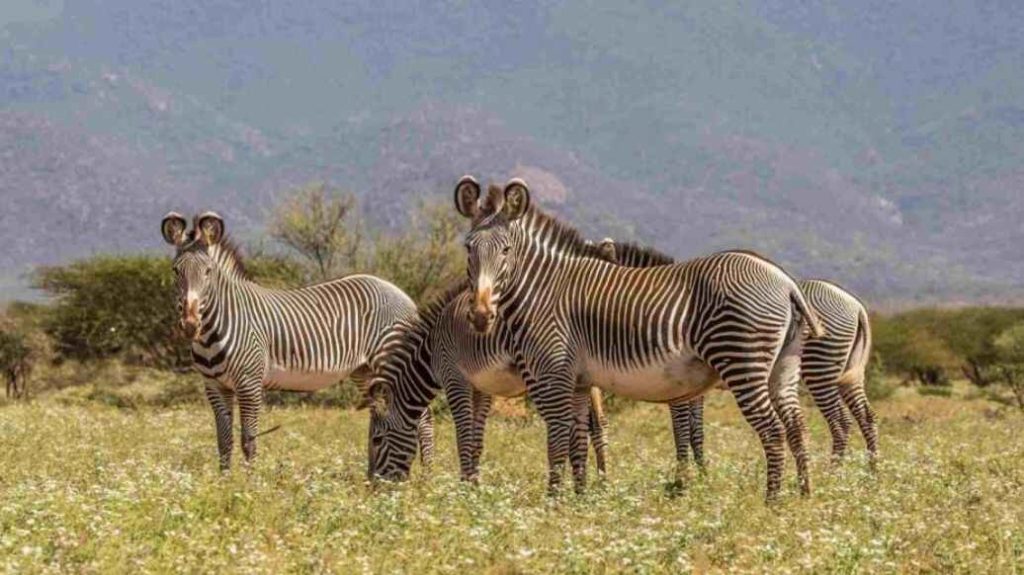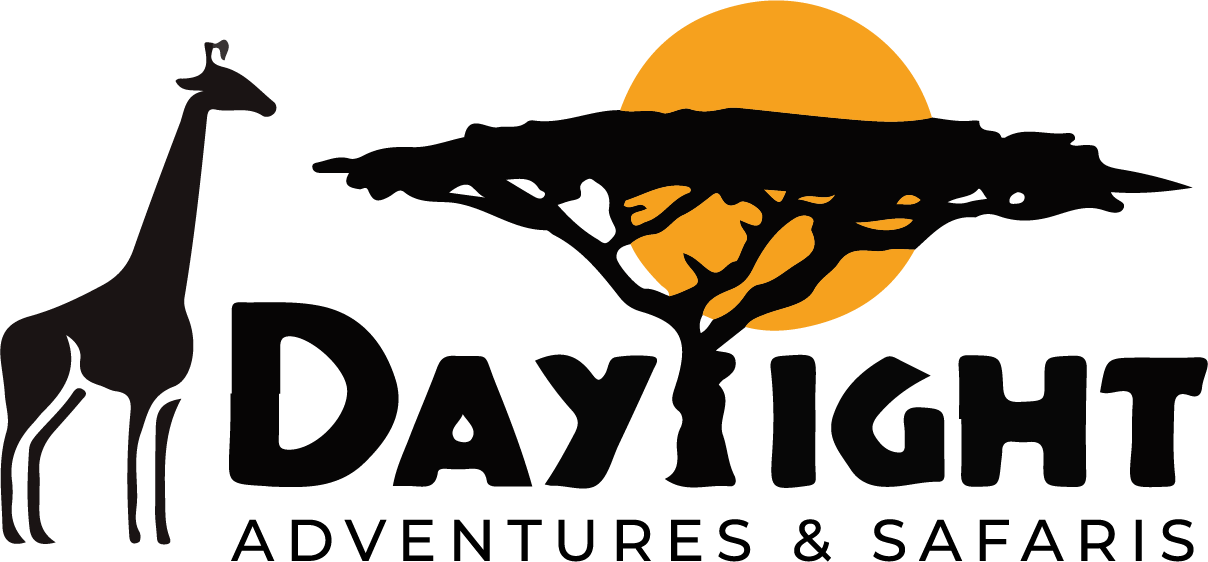Samburu National Reserve
DESTINATION DETAILS
About Samburu National Reserve
Nestled along the meandering path of the Ewaso Ng’iro River in northern Kenya lies the captivating Samburu National Reserve, a sanctuary spanning approximately 64 square miles. Renowned for its rich biodiversity and storied history, Samburu beckons adventurers and wildlife enthusiasts alike to immerse themselves in its rugged beauty.
This iconic reserve holds a special place in conservation lore, serving as the backdrop for the timeless tale of Elsa the Lioness in Joy and George Adamson’s beloved book, “Born Free.” Established as a protected wildlife area in 1948, it was entrusted to the stewardship of the African District of Samburu in 1963. Today, the reserve stands as a testament to community-driven conservation, managed by local Samburu communities and revered as one of Kenya’s premier safari destinations.
Accessing this natural wonder is a journey unto itself. From Kenya’s bustling capital of Nairobi, a scenic six and a half-hour drive north along the Thika and Nyeri Katerina highway reveals the untamed splendor of Samburu. Alternatively, a 90-minute flight from Nairobi’s Wilson Airport transports travelers to the doorstep of adventure, with landing options including Buffalo Springs, Samburu Oryx Airstrip, and Kalama Airstrip.
Upon entering the reserve, visitors are greeted with a symphony of sights and sounds that epitomize the African wilderness. Majestic leopards roam freely, while unique species such as the iconic Somali ostrich and elegant Beisa oryx captivate the imagination. Bird enthusiasts are treated to a kaleidoscope of over 450 avian species, including the endemic vulturine guineafowl and Hunter’s sunbird, painting the skies with vibrant hues.
Samburu’s climate reflects its rugged terrain, characterized by a blend of arid and semi-arid landscapes. Temperatures typically range from 65°F to 85°F year-round, with sparse rainfall punctuating the dry expanse. Optimal game viewing beckons during the dry winter months of June, July, and August, when the savannah yields its secrets amidst clear, crisp days.
To maximize the safari experience, adventurers can embark on exhilarating game drives, led by expert guides traversing the vast terrain in search of wildlife encounters. Alternatively, guided walking safaris offer an intimate exploration of the arid landscape, revealing hidden gems amidst rock formations and riverbanks teeming with life.
For those seeking a truly immersive adventure, camel trekking safaris provide a unique opportunity to traverse the landscape at a leisurely pace, soaking in the sights and sounds of the wild. Cultural enthusiasts can delve into the heritage of the Samburu tribe with visits to traditional villages, while conservation-minded travelers can support efforts at the Reteti Elephant Sanctuary, a beacon of hope for orphaned elephants on their journey back to the wild.
Whether traversing the savannah on a game drive, embarking on a guided bush walk, or immersing oneself in Samburu’s rich cultural tapestry, every moment spent in this wilderness sanctuary is a testament to the enduring allure of Africa’s untamed beauty.


The optimal time to visit Samburu Game Reserve is during the dry winter months of June, July, and August for unparalleled wildlife sightings and ideal safari conditions.
Home of
Grevy’s Zebra Beisa Oryx Wild Dog
Peak Time
Jul - Oct
Famous For
Unique Plains, Game Sightings
Best Time to Visit
Jul - Oct, Dec - Mar
FAQs
Is Samburu National Park Worth Visiting?
Yes, Samburu is definitely worth visiting for its unique arid landscapes and special wildlife species.
What Is Unique About Samburu?
Samburu is home to species rarely seen elsewhere in Kenya like Grevy’s zebra, gerenuk antelope, and Somali ostrich.
How Much Does It Cost To Enter?
The non-resident entry fee for Samburu is around $70 per person per day.
How Many Lions Are There?
Estimates suggest around 30-50 lions live within Samburu National Reserve.
How Long To Drive From Samburu To Masai Mara?
The drive takes approximately 17-18 hours between the two reserves.
How Long From Nairobi To Samburu?
It takes around 5-6 hours to drive from Nairobi to Samburu via A2
Why Go To Samburu?
To see its endemic dry-country wildlife and experience the colorful Samburu culture.
Is There A Malaria Risk In Samburu?
Yes, there is a malaria risk, so precautions are recommended.
What Should You Wear?
Lightweight breathable clothing in neutral colors is advisable in Samburu’s hot climate.
What Is Found In Plenty?
Large elephant herds are commonly seen within the Samburu reserve.
Which Part Of Kenya Is It Located?
Samburu is located in central-north Kenya, near the town of Isiolo.
Is Samburu A Desert?
No, it’s a semi-arid/savanna habitat, not a true desert.
What's The Altitude?
The average elevation in Samburu is around 800-1000 meters above sea level.
Are There Cheetahs?
Yes, Samburu has a small but notable population of cheetahs.
What's The Conflict There?
Human-wildlife conflict over grazing land/water for livestock is an issue.
How Long Does It Take To Fly From Nairobi?
By air charter from Nairobi, the flight time to Samburu is under 1 hour.
